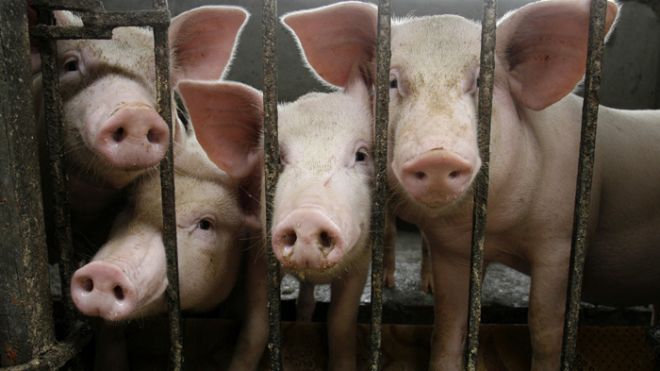Women willing to delay antibiotics for UTIs
More women than previously thought may be willing to delay taking antibiotics to treat a urinary tract infection in order to reduce the potentially unneeded use of antibiotics, a new Dutch study shows. More than one-third of women in the study with UTI symptoms said they were willing to wait a week to see if the infection would improve on its own before starting antibiotics. And more than 70 percent of the women who didn't use antibiotics for a week showed improvements or had their symptoms disappear completely, according to the study published May 30 in the journal BMC Family Practice. UTIs are more common in women than men, and are caused by E. coli bacteria in 80 to 90 percent of cases. The standard treatment for UTIs is a few days of antibiotic treatment, but the increasing emergence of antibiotic-resistant bacteria has become a serious concern, experts say. “To counteract this increasing resistance, the use of antibiotics should be limited in healthy patients who can also be cured without them,” study researcher Dr. Bart Knottnerus, from the University of Amsterdam said in an email. Studies show that when patients have UTI symptoms, most often, antibiotic treatment is started before the results of urine cultures, which look for the presence of bacteria, are known. “In fact, a culture is seldom done. Instead, the probability of a positive culture is estimated by asking questions and performing urine investigations,” Knottnerus said. “Since no test is perfect, some patients without UTI will get antibiotics, and some patients with UTI will not.” In the study, 137 patients were asked by their doctor to delay antibiotic treatment for one week. Fifty-one women were willing to wait. After one week, 28 of those women had still not used antibiotics and 20 of them reported clinical improvement. None of the participating women developed kidney infection, according to the study. Kidney infection is a serious condition that can occur if a UTI is left untreated, and needs a more aggressive antibiotic treatment. The researchers say that bladder infections seldom progress to the kidneys. “If a kidney infection occurs in a healthy woman, she can be cured by antibiotics,” Knottnerus said. “But to make sure that these antibiotics will still be effective in the future, it is important to limit their use in mild infections (like bladder infections).” It is important that women with UTI symptoms be monitored by a doctor if they choose to delay antibiotics. “If a woman gets ill (fever, shivering, flank pain), the infection may be progressing to the kidney,” Knottnerus said. Previous studies have shown that in somecases, patients recover from UTIs within a week without taking antibiotics. Knottnerus said the reason is that they either didn't have a UTI, or didn't need antibiotics to cure it. The body's defense mechanisms are often strong enough to fend off infections without any help from antibiotics, he said. Dr. Timothy Jenkins, assistant professor at the Division of Infectious Diseases, University of Colorado, said about the new study: “Progressive antibiotic resistance in bacteria is a major problem in the United States and worldwide, so it is very important that we develop novel strategies to reduce antibiotic use, such as the one proposed in this study.” Jenkins noted that antibiotic use in the Netherlands is extremely low, whereas antibiotic use in the United States is quite high. “Therefore, whether this study is applicable to women in the U.S. where the societal expectation for antibiotics is greater is not known,” he said. New guidelines published last week, from the Dutch College of General Practitioners, support the advice to delay antibiotic treatment for uncomplicated urinary tract infections, the researchers said. Copyright 2013 LiveScience, a TechMediaNetwork company. All rights reserved. This material may not be published, broadcast, rewritten or redistributed.source : http://www.foxnews.com/health/2013/06/04/women-willing-to-delay-antibiotics-for-utis/



